Spain welcomes millions of visitors each year with open arms, sunny beaches, and incredible culture. But somewhere between the warm greetings and the Instagram-worthy sunsets, many tourists discover they’re paying significantly more than locals for the same experiences.
This isn’t always intentional tourism gouging—sometimes it’s just the natural result of not knowing the local ropes. From Barcelona’s famous boulevards to Madrid’s historic plazas, tourist-focused businesses have mastered the art of pricing for visitors who don’t know any better.
Here is a list of 18 Spanish spots where your foreign passport essentially becomes an expensive accessory.
La Rambla, Barcelona
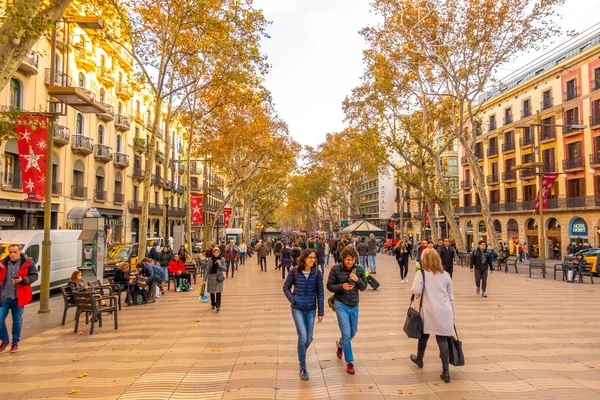
Barcelona’s most famous street has evolved into a masterclass in tourist pricing, where a simple café con leche can cost double what locals pay just a few blocks away. The restaurants lining this pedestrian thoroughfare serve up mediocre paella and sangria at premium prices, while authentic local bars in nearby neighborhoods offer superior food for half the cost.
Walking La Rambla has become free entertainment, but eating there will cost you more than exploring Barcelona’s authentic barrios, where locals dine.
Plaza Mayor, Madrid

This stunning historic square surrounds visitors with gorgeous architecture and eye-watering prices that would make locals laugh. A coffee that costs €2 at a neighborhood café can easily run you €5 or more when you’re sitting in the shadow of those famous red buildings.
The restaurants here know they’ve got a captive audience of tourists who want that perfect Instagram shot, and they price accordingly. Smart madrileños grab their morning coffee elsewhere and just walk through the plaza to admire the buildings for free.
Like Travel Pug’s content? Follow us on MSN.
Barcelona Tourist Tax Zones
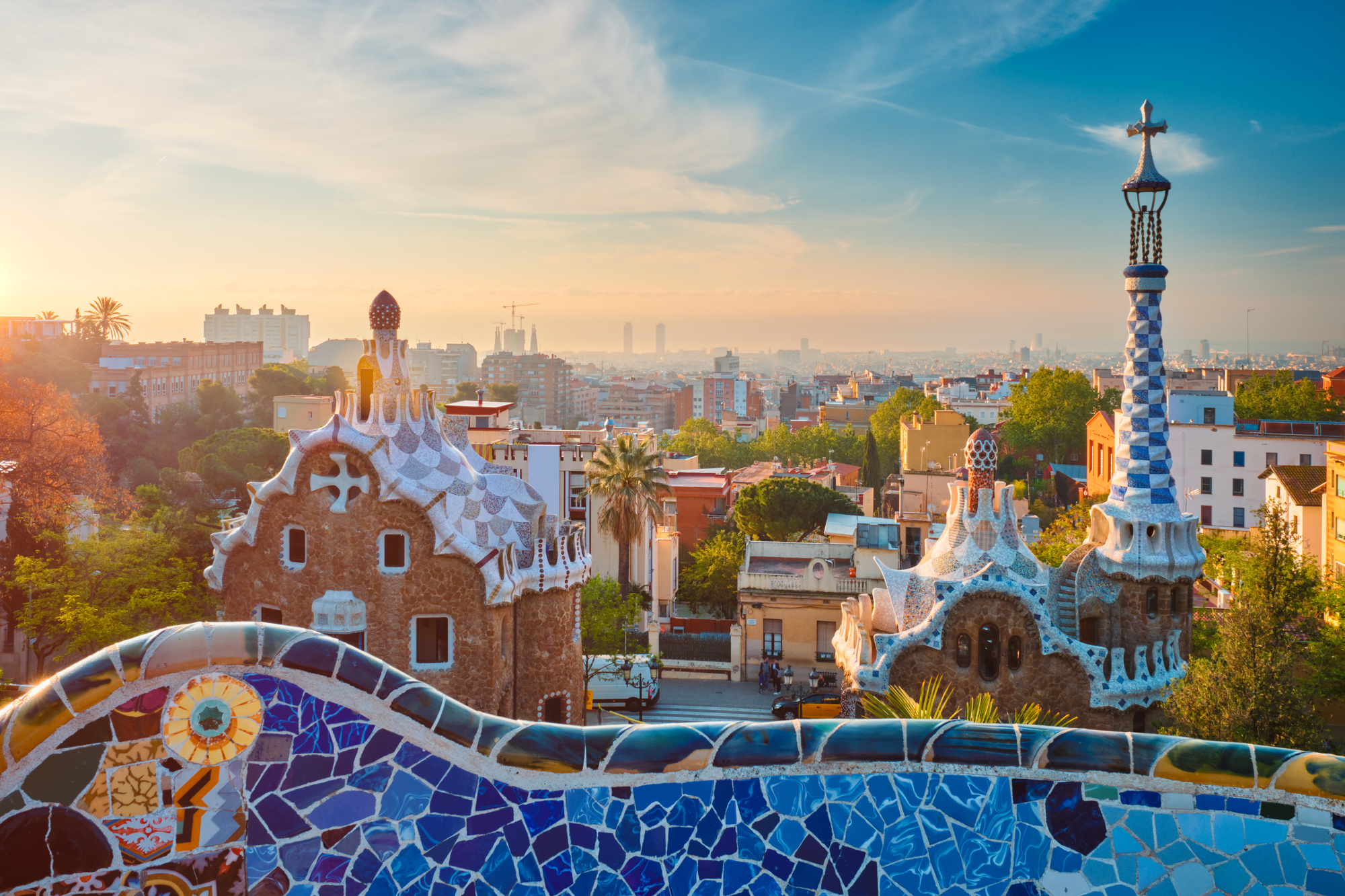
Barcelona charges visitors between €6 and €11 per night in tourist tax, while locals pay nothing for sleeping in their city. This fee applies whether you’re staying in a five-star hotel or a basic hostel, adding up quickly for families or extended stays.
The tax supposedly helps maintain tourist infrastructure, but locals enjoy the same clean streets and monuments without the nightly surcharge. It’s probably the most transparent example of tourists paying more than locals, since it’s written into the law.
Sagrada Familia Area, Barcelona

The neighborhoods surrounding Gaudí’s masterpiece have become prime goldmines where restaurants charge tourist premiums simply for being within walking distance of the famous basilica. A simple lunch that would cost €12 in a local neighborhood can easily run €25 when you’re dining in the shadow of those iconic spires.
Even the souvenir shops here charge more than similar stores just a few subway stops away. Locals tend to buy their Gaudí postcards and grab lunch in other parts of the city where proximity to major attractions doesn’t automatically double the prices.
Puerto Banus, Marbella
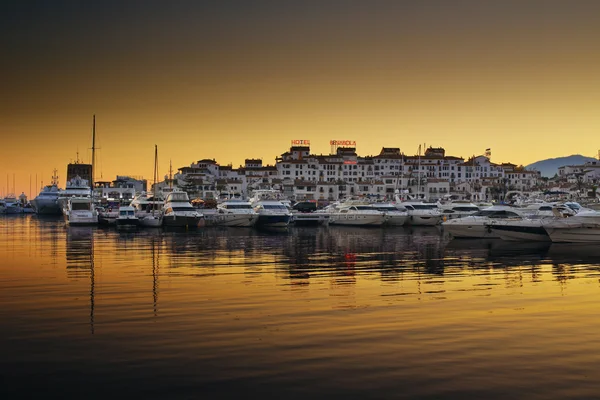
This marina playground for the wealthy operates on tourist pricing that makes locals avoid the area entirely unless they’re working there. Designer stores, yacht-side restaurants, and waterfront bars all cater to visitors who expect luxury pricing, while locals head to traditional tapas bars in Marbella’s old town for authentic meals at reasonable costs.
The entire port feels like an exclusive tourist bubble where even a basic beer can cost more than a full meal elsewhere. Spanish families typically avoid Puerto Banus altogether, viewing it as an overpriced theme park for foreign visitors.
Like Travel Pug’s content? Follow us on MSN.
Benidorm Beach Resorts
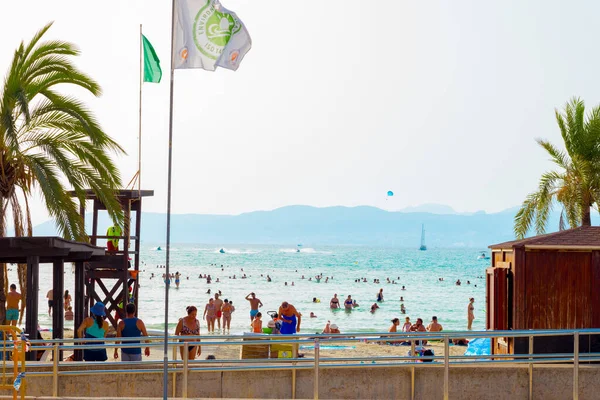
This Costa Blanca destination has perfected the art of all-inclusive pricing that keeps tourists paying premium rates for mediocre experiences. The beachfront hotels and resort restaurants charge international prices, while local establishments just a few blocks inland offer the same services for half the cost.
English-speaking staff and familiar foods come with significant markups that locals would never accept. Spanish visitors to Benidorm typically stay in budget accommodations away from the beach and eat at family-run restaurants where the prices reflect local standards rather than tourist expectations.
Magaluf, Mallorca
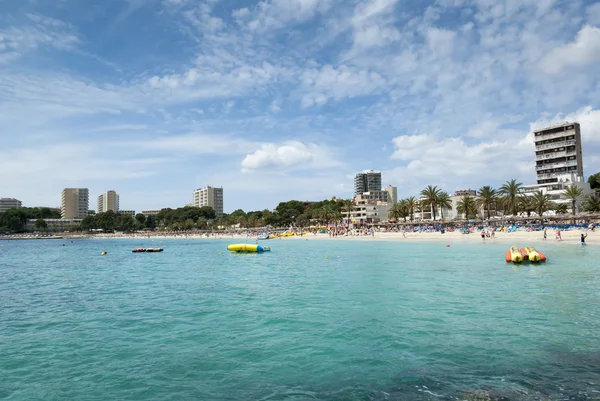
The party capital of the Balearic Islands operates on inflated pricing that specifically targets young international tourists looking for nightlife and beach clubs. Drinks that cost €3 in local bars can easily run €10 or more in the beachfront clubs where tourists expect to pay premium prices for the party atmosphere.
Even basic meals in tourist-oriented restaurants cost significantly more than similar food in local establishments that cater to Spanish families. The entire economy here revolves around extracting maximum euros from visitors who associate higher prices with better experiences.
La Boqueria Market, Barcelona
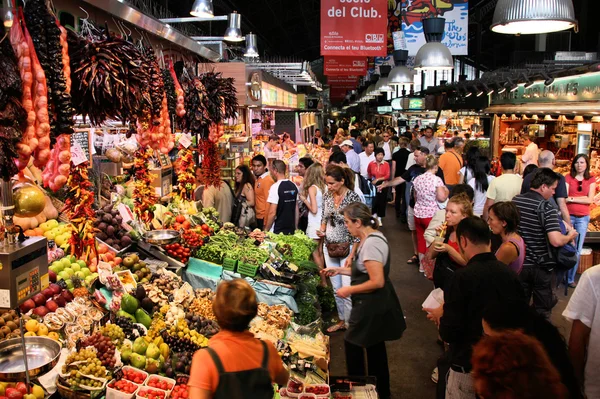
Once an authentic local market, La Boqueria has transformed into a tourist attraction where food stalls charge premium prices for Instagram-worthy fruit cups and overpriced jamón. The same products available here can be found in neighborhood markets across Barcelona for significantly less money, but tourists pay extra for the famous location and photo opportunities.
Local families now shop at other markets like Mercat de Sant Antoni, where vendors still price for daily neighborhood customers rather than once-in-a-lifetime tourists. The smoothies and prepared foods that tourists buy here cost double what locals pay for the same quality items in less famous markets throughout the city.
Like Travel Pug’s content? Follow us on MSN.
Tourist Restaurant Seafood Specials
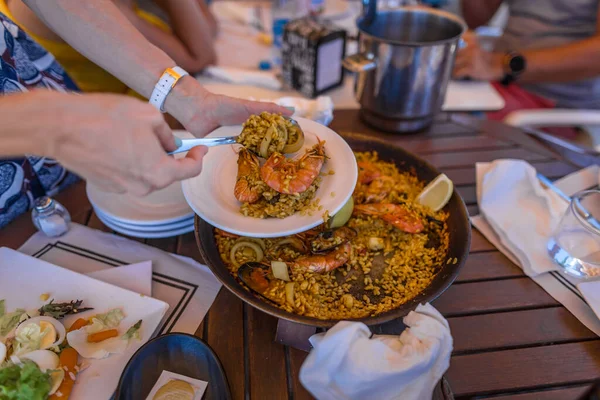
Coastal restaurants across Spain have perfected the ‘market price’ seafood scam that specifically targets foreign diners with expensive ‘catch of the day’ offerings. Waiters recommend mysterious fish dishes without mentioning prices, then present shocking bills that can reach three or four times the normal menu prices.
Local diners know to always ask for specific prices before ordering and typically stick to priced menu items rather than falling for vague ‘fresh catch’ recommendations. These establishments rely on tourists who feel embarrassed to question prices after the meal has been consumed and served.
Madrid Taxi Overcharging
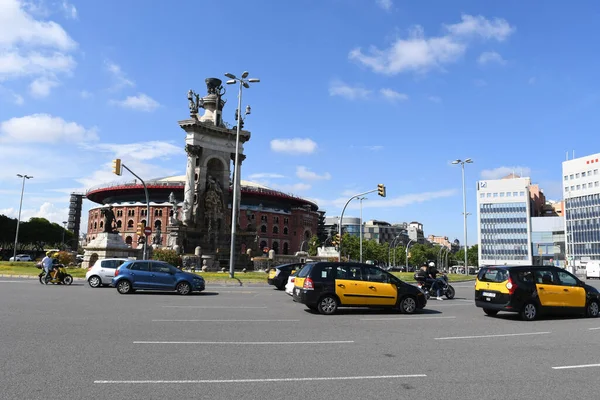
Madrid taxi drivers have elevated tourist overcharging to an art form, taking scenic routes and adding mysterious surcharges that locals would never tolerate. The same trip that costs a Spanish speaker €15 can easily run €25 for tourists who don’t know the standard routes or typical pricing.
Airport runs are particularly notorious for creative pricing that adds extra fees for luggage, waiting time, or simply being foreign. Local madrileños use ride-sharing apps or public transport specifically to avoid these pricing games that taxi drivers reserve for obvious tourists.
Flamenco Dinner Shows

The tourist-oriented flamenco shows advertised throughout Spanish cities charge premium prices for inauthentic experiences that locals wouldn’t attend even for free. These dinner-and-show packages can cost €60 or more per person for mediocre food and commercialized dancing that bears little resemblance to authentic flamenco culture.
Real flamenco happens in small local bars and cultural centers where admission might cost €10, and the performers actually come from flamenco families. Spanish flamenco enthusiasts avoid the tourist shows entirely, seeking out authentic venues where the art form is respected rather than packaged for foreign consumption.
Like Travel Pug’s content? Follow us on MSN.
Sangria vs Local Drinks

Tourist bars across Spain serve overpriced sangria that locals would never order, charging €5 or more for drinks made from cheap wine and fruit that costs pennies to prepare. This fruity concoction has become synonymous with Spanish tourism despite being largely ignored by actual Spanish drinkers who prefer beer, wine, or tinto de verano.
Local bars often don’t even have sangria on their menus, focusing instead on quality wines and traditional drinks that reflect regional preferences. The markup on tourist sangria can be 400% or more compared to what locals pay for authentic Spanish beverages.
Tourist Menus vs Menú del Día
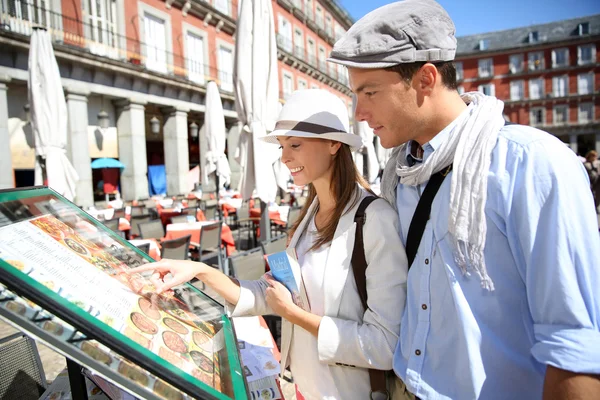
Restaurants in tourist areas offer expensive ‘tourist menus’ while hiding the affordable menú del día that Spanish workers rely on for daily lunch. These fixed-price local menus typically include three courses, bread, and wine for €12 to €15, while tourist-oriented menus charge €25 or more for lesser quality food.
The menú del día often isn’t advertised in English or posted prominently, requiring tourists to ask about local lunch options specifically. Spanish office workers and locals know to seek out these daily menus that offer authentic food at prices designed for people who eat out regularly, rather than once-in-a-lifetime visitors.
Ibiza Party Zones
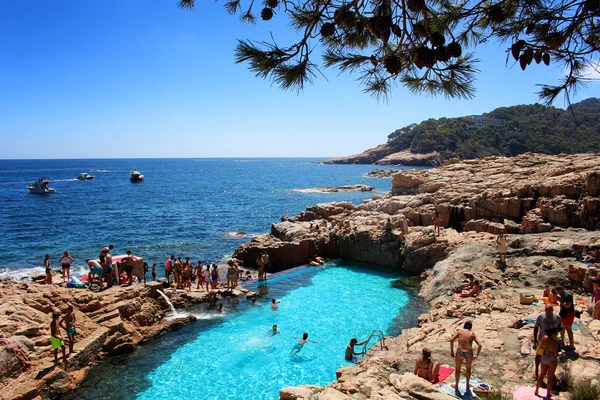
The famous party areas of Ibiza operate on astronomical pricing that makes locals avoid the tourist zones entirely during peak season. Beach clubs charge €20 for basic cocktails while local bars in the island’s towns serve similar drinks for €5 or less.
Even simple meals in tourist areas can cost three times what locals pay in traditional restaurants away from the party scene. Spanish visitors to Ibiza typically stay in local accommodations and eat at family restaurants, venturing into the tourist zones only for specific experiences and always aware they’re paying premium prices for the international party atmosphere.
Like Travel Pug’s content? Follow us on MSN.
Toledo Historic Center
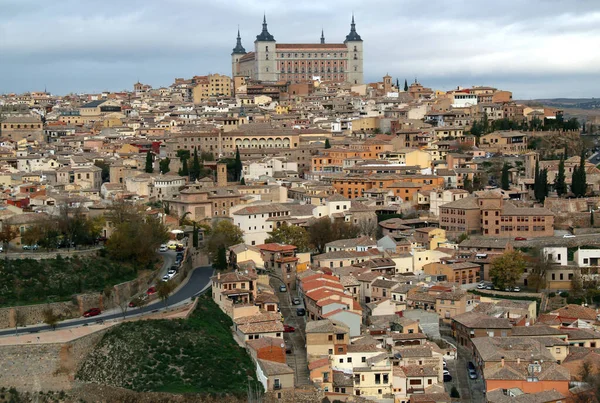
This ancient city charges tourists premium prices for dining and shopping within the historic walls, while locals travel to modern areas for reasonable pricing on everyday needs. Restaurants near major monuments like the cathedral charge tourist rates for basic meals while neighborhood establishments outside the historic center serve better food for half the cost.
Souvenir shops within the historic center price their wares for once-in-a-lifetime visitors rather than repeat customers. Residents do their regular shopping and dining in the newer parts of Toledo, where businesses cater to daily customers rather than tour groups.
Santiago de Compostela Cathedral Area
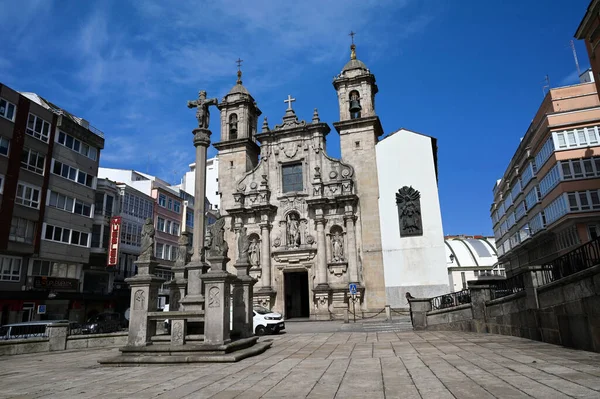
The final destination of the Camino pilgrimage charges premium prices for accommodations and meals near the cathedral, while locals enjoy reasonable pricing just a few blocks away from the tourist zone. Restaurants along the main pilgrimage routes price their meals for international visitors who have been walking for weeks and are willing to pay extra for comfort and convenience.
Local establishments away from the cathedral square offer authentic Galician cuisine at prices designed for regional customers rather than international pilgrims. Even the tourist tax here applies only to visitors, while residents pay nothing extra for living in their historic city.
Muelle Uno, Malaga
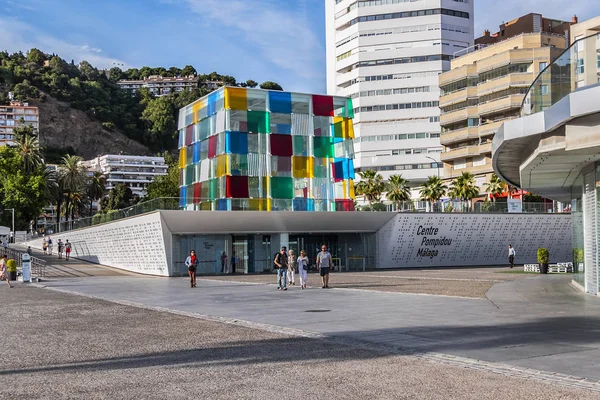
Malaga’s modern waterfront shopping and dining complex operates on premium pricing that locals generally avoid in favor of traditional establishments in the city center. This tourist-oriented development charges international prices for mediocre restaurants and overpriced shopping, while authentic local bars and shops throughout Malaga offer superior value.
The entire complex feels designed for cruise ship passengers and international visitors rather than local families looking for reasonable dining and entertainment options. Spanish residents of Malaga typically view Muelle Uno as an expensive tourist trap, preferring the city’s traditional neighborhoods for their regular dining and social activities.
Like Travel Pug’s content? Follow us on MSN.
Costa del Sol Beachfront
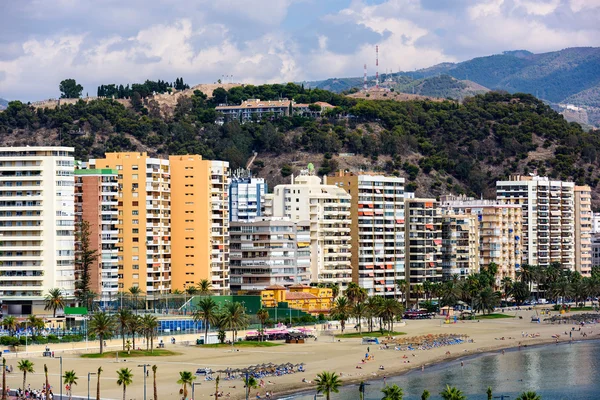
The entire Costa del Sol operates on dual pricing, where beachfront establishments charge tourist rates while identical services cost half as much just a few blocks inland. Beach bars charge premium prices for simple drinks and snacks, while local bars in nearby towns offer the same products at normal Spanish prices.
Even basic services like parking and public restrooms often cost more in the immediate beach areas where tourists expect to pay for convenience. Spanish families visiting Costa del Sol beaches typically bring their food and drinks, avoiding the inflated beachfront pricing that targets international visitors expecting resort-style markups.
When Location Becomes a Luxury Tax
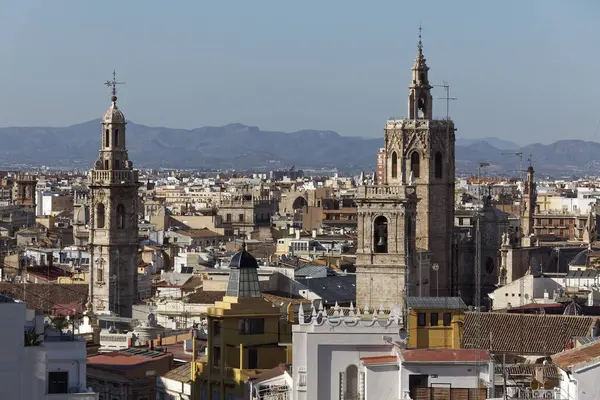
The pattern across Spain is remarkably consistent: proximity to famous attractions, tourist zones, or international visitors automatically triggers premium pricing that locals simply sidestep through local knowledge. Spanish cities have essentially developed two parallel economies—one for residents who know where to find authentic experiences at fair prices, and another for tourists willing to pay extra for convenience and location.
Understanding this dual pricing system isn’t about avoiding Spain’s incredible attractions, but rather knowing when you’re paying a ‘convenience tax’ for being in the right place at the right time with the wrong passport.
More from Travel Pug

- 20 Best Beach Towns in the Carolinas
- 13 Destinations Where Tourists Regularly Regret Their Trip
- 20 Things You Actually Get in First Class
- 20 Small Airports With Aviation Museums
- 20 Places in the U.S. That Are Perfect for a Reset Trip
Like Travel Pug’s content? Follow us on MSN.
